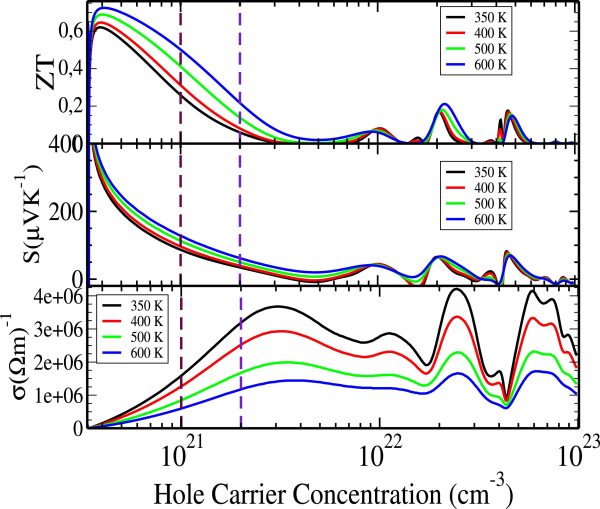Thermoelectric properties of the main species present in Portland cement pastes
We transform cement from passive structure to active power source. Advanced quantum simulations reveal that strategic doping in Portland cement components unlocks remarkable thermoelectric performance (Z) up to 0.79. This breakthrough paves the way for smart, energy-harvesting materials that turn everyday infrastructure into clean energy generators.
In the pursuit of sustainable energy solutions, thermoelectricity offers a compelling pathway converting wasted heat into usable electrical energy. While promising, its succes

Figure 1. Thermoelectricity in ordinary Portland cement.
s hinges on enhancing the efficiency of thermoelectric materials. Cement and concrete, despite their ubiquity, remain under-explored in this context, with reported figures of merit still lingering between 10-7 and 10-9. Unlocking their energy-harvesting potential requires improving the intrinsic thermoelectric properties of their core components. Notably, portlandite and tobermorite-11 exhibit inherently low lattice thermal conductivity, a critical advantage that significantly boosts their thermoelectric performance and positions them as promising candidates for next-generation smart construction materials
Tobermorite-11, a key mineral found in cement, has shown unexpected promise as a thermoelectric material capable of converting heat into electricity. Within a hole carrier concentration range of 1020 to 1021 cm-3, it delivers an impressive Seebeck coefficient of up to 400 μV/K, and a thermoelectric figure of merit (Z) between 0.5 and 0.79 across a practical temperature window of 350 K to 600 K. To enhance these properties, we explored p-type doping by replacing a silicon atom in the tobermorite structure with aluminum. This substitution introduces one hole per unit cell, effectively reaching an ideal carrier concentration of 1021 cm-3 and achieving a Z value of 0.5 at 600 K. However, while adding more aluminum increases electrical conductivity, it comes at a cost reducing both the Seebeck coefficient and the overall efficiency.

Figure 2. Hole carrier Concentration-based thermoelectric properties of normal tobermorite-11 (Brown dashed line indicates doping tobermorite with one Al atom; Violet dashed line indicate doping tobermorite with two Al atom). (a) Figure of merit. (b) Seebeck coefficient. (c) Electrical conductivity.
Our findings reveal that optimal performance is achieved when one silicon atom is replaced by aluminum in every ten unit cells, maintaining a balance between conductivity and thermoelectric efficiency. These insights highlight a powerful strategy: through selective n- and p-type doping, we can engineer cement-based materials not just to build, but to actively harvest energy transforming concrete into a functional component of sustainable, energy-aware infrastructure.



